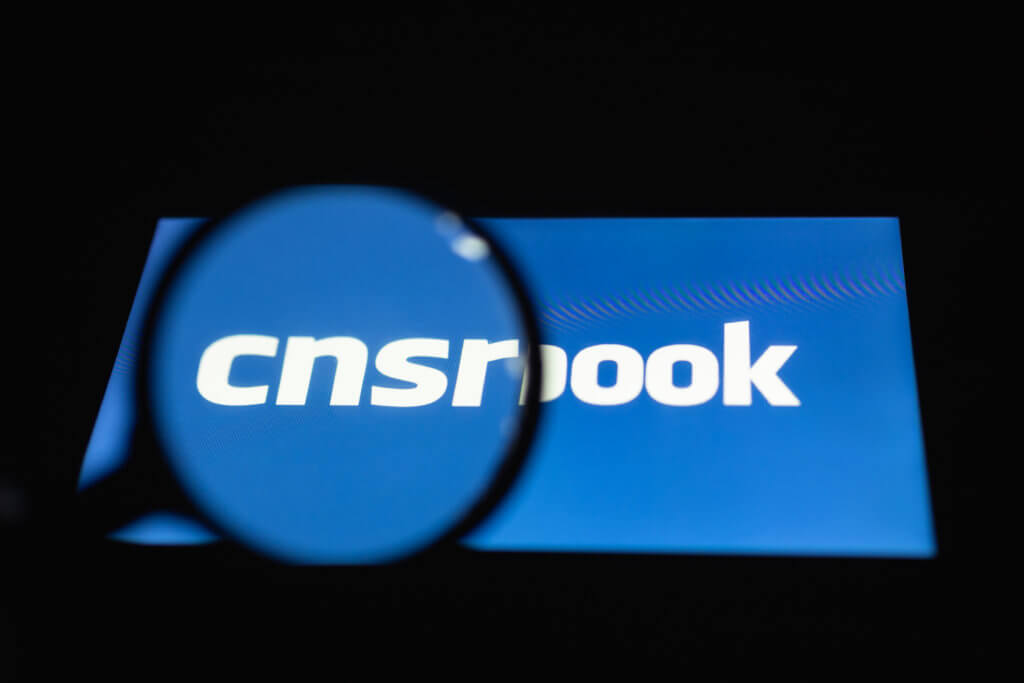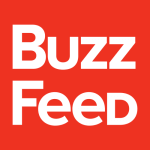 In the recent U.S. Elections, Facebook decided to pull the plug on political advertising. During this moratorium, an issue arose when it came to what constitutes as political advertising and what is in fact simply news. News story posts that mentioned politics or issues were being blocked and placed in the same category as paid political advertising when, in fact, they weren’t. This raised the question “Is Facebook a media outlet that can decide what it wants to support and censor or are they the free platform they claim to be?”
In the recent U.S. Elections, Facebook decided to pull the plug on political advertising. During this moratorium, an issue arose when it came to what constitutes as political advertising and what is in fact simply news. News story posts that mentioned politics or issues were being blocked and placed in the same category as paid political advertising when, in fact, they weren’t. This raised the question “Is Facebook a media outlet that can decide what it wants to support and censor or are they the free platform they claim to be?”
Facebook has been called out in the past for archiving promoted news stories that cover politics or issues as political advertising. This brought push back from many journalism and news associations. It also raised the question of how much regulation can Facebook enforce on policy issues and associations it may disagree with. For example, if Facebook supports the Go Green initiative, could it eventually censor ads from associations that may represent things it deems harmful to the environment? This then causes one to ask, should associations put all their advertising assets into Facebook?
While Facebook ads can be a good way to spend association ad dollars, it is good to know your options in case policies change or they decide to censor issues important to your association. Google Ads are a viable option for reaching members and policy allies and allows you to tailor your ads to display to a specific audience or audiences. Some are shifting away from Facebook due to privacy and effectiveness issues. A recent survey by Inc. reported that 32 percent of CEO and senior-level executives surveyed said they are now getting less for their marketing dollars with Facebook than they used to, while 27 percent said they mistrust Facebook’s use of their business data.
With increasing advertising costs, noise, and fear of censorship from Facebook, it could be worth looking into alternate ways to spend your association’s marketing dollars. Putting resources into search engine optimization efforts and content marketing can be very effective means to attracting new members, and as before stated, Google Ads is another option for advertising. This isn’t to say you should completely cut Facebook advertising out of your marketing strategy if it works for your association; but it is always wise not to put all your advertising eggs in one basket.
Need help diversifying your digital strategy for your association? Contact us here.





 Digital and social media are transforming how government institutions, political campaigns and trade associations are communicating and marketing to their key audiences.
Digital and social media are transforming how government institutions, political campaigns and trade associations are communicating and marketing to their key audiences.
